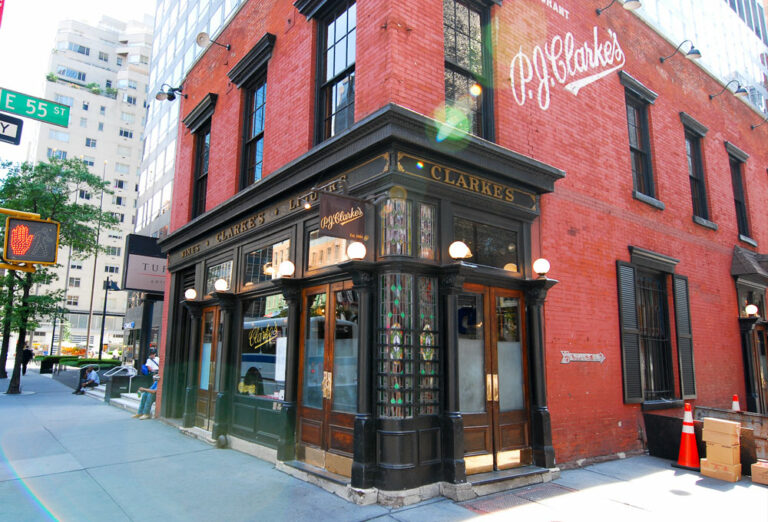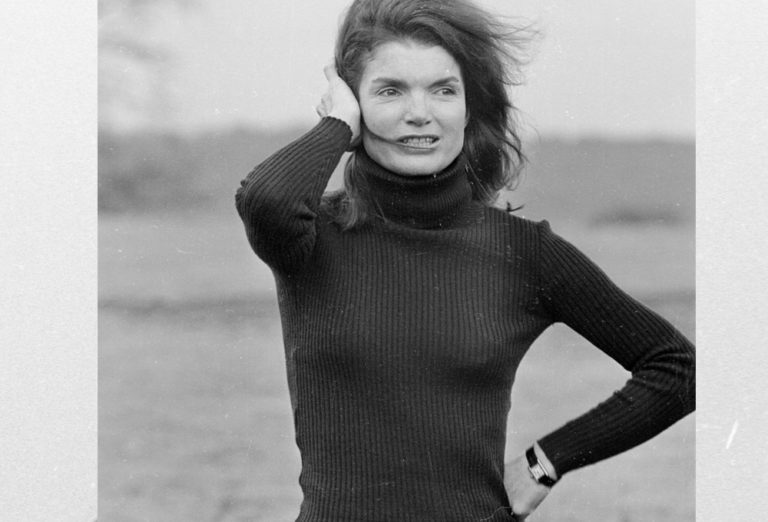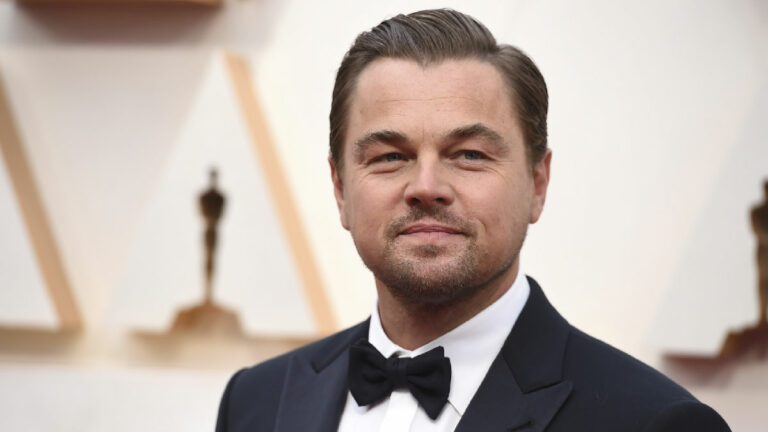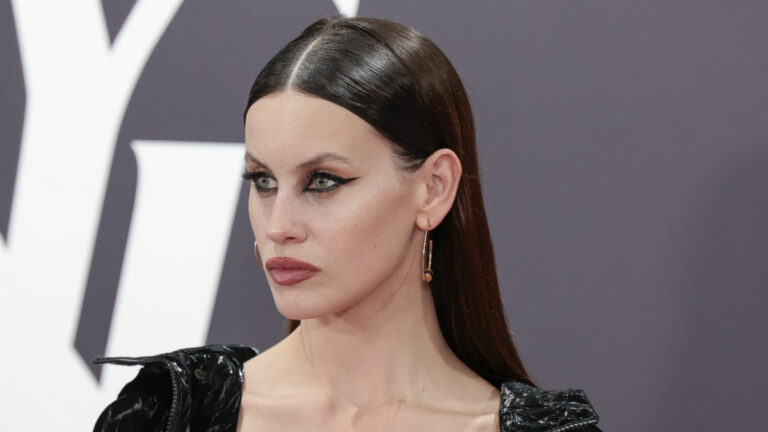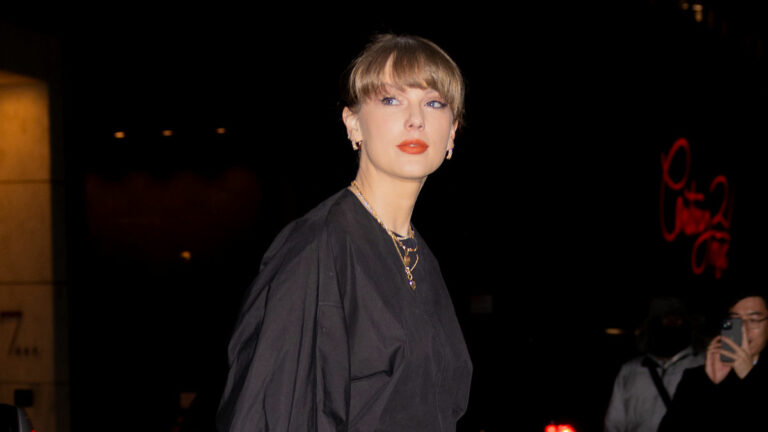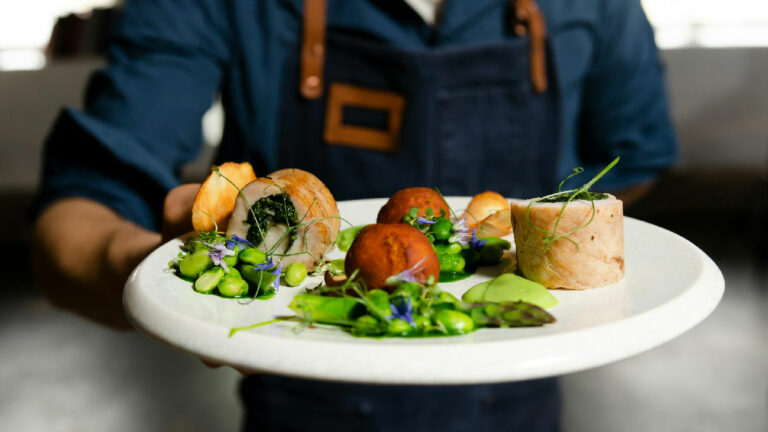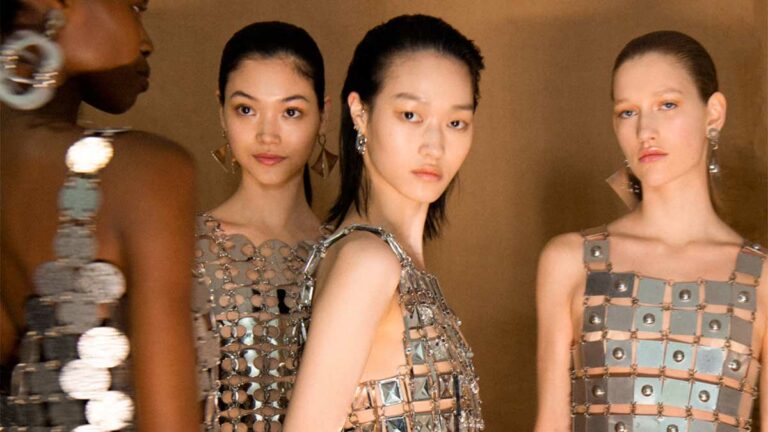The Future of Bel Canto
Opera is experiencing a wave of disaffection by Millennials which could bring its life cycle to an early end.
The Metropolitan Opera House surprised the world with its announcement that it was launching a special promotion for adults under 40 years old with a view to enhance their appetite for Opera. This largely means that Opera is experiencing a wave of disaffection by Millennials which could bring its life cycle to an early end. Opera has been the entertainment genre projecting power; affluence and class. When Renaissance Princes decided to promote the marriage between theatre and bel canto they could not imagine that rather than adding a new out of court entertainment they were establishing a new and successful genre to the performing arts.
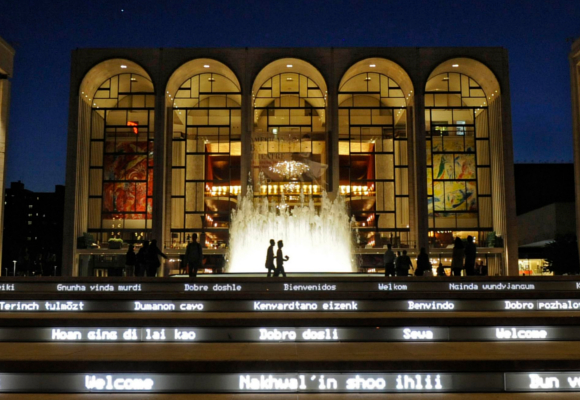
Indeed, their patronage of Intermezzi which were short pieces of theatre enriched with singing and dancing brought together decaying theatre and rising bel canto to eventually create Opera. The Firenze Camerata was famous for staging of Monteverdi’s works which aimed at reviving Greek theatre. Monteverdi was the Music Director for the Court of Mantua whose Prince invested in the development of the genre. Upon his death Monteverdi’s work is preserved by Venice whose citizens had discovered many centuries before the enriching properties of trade and were affluent enough to preserve and popularize the works of Monteverdi.
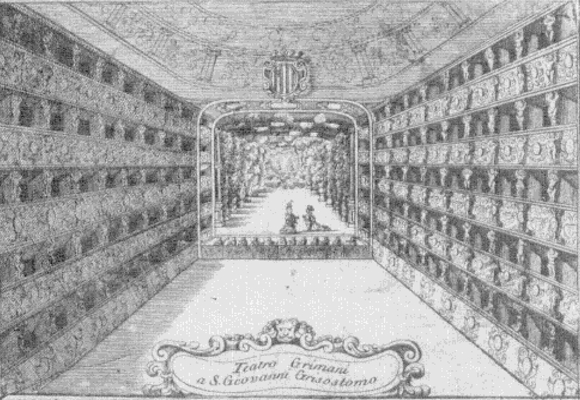
The wealthy citizens of Venice decided to take art to the streets seeing no reason for opera to be restricted to private performances for the aristocracy. In 1637 Venice opens the first public opera house, the Teatro San Cassiano. And while Monteverdi was by then seventy years old, the success of his work infuses him with energy and carries on writing more operas. Two operas survive from these last years, both of them masterpieces. Ulysses’ return home is premiered in the Teatro San Cassiano in 1641.
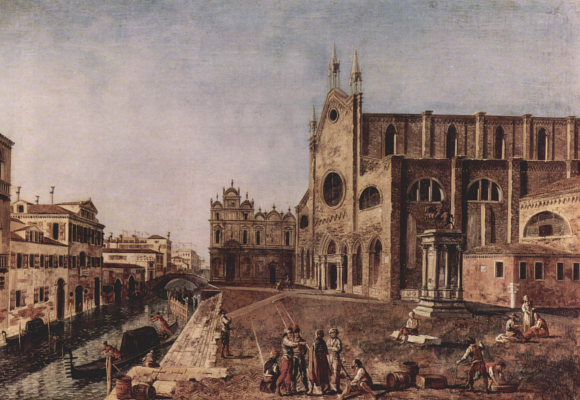
But before long Venetians decide to build yet another larger and public opera house, the Teatro Santi Giovanni e Paolo. Poppea’s Coronation debuts in this theater in 1642. Opera began its love affair with the masses and with high fashion as its performances were the occasion taken by most fashion designers to launch new styles , colors, textures and patterns both for women as well as for men.
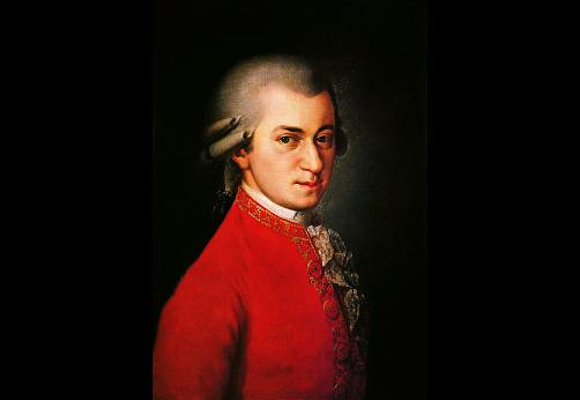
The mid-18th century through the early 19th century were dominated by four composers who also imposed their fashion preferences through the production of their operatic works. These were Willibald Christoph Gluck (1714-1787), Franz Joseph Haydn (1732-1809), Wolfgang Amadeus Mozart (1756-1791), and Ludwig van Beethoven (1770-1827). Opera continued its development developed by expanding in structure, harmony, and plot content. Haydn was by far the most productive composer creating over 75 operas as entertainment for the Esterhazy court.
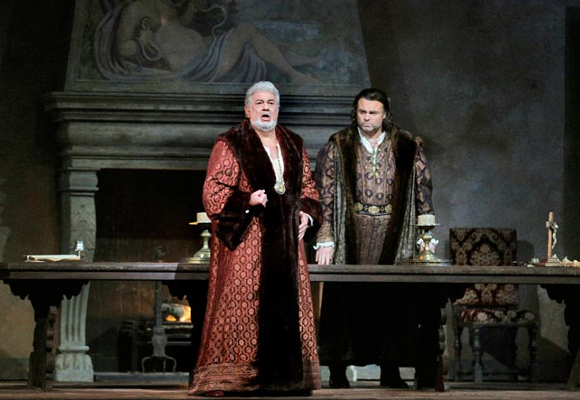
Opera began to fulfill yet another role, that of promoter of social mobility through the sponsorship of singers who most frequently came from low income strata. Opera was in those days what soccer is today for the children in the slums of Latin America. After the French Revolution, a recently emerged middle class began to search for entertainment. Composers decided to adjust their work to the new audience. Classic Greek Theatre plots were turned down to adapt opera to current times. Shakespeare, Hugo and Goethe were the providers of inspiration for the plots; dialogues and productions.
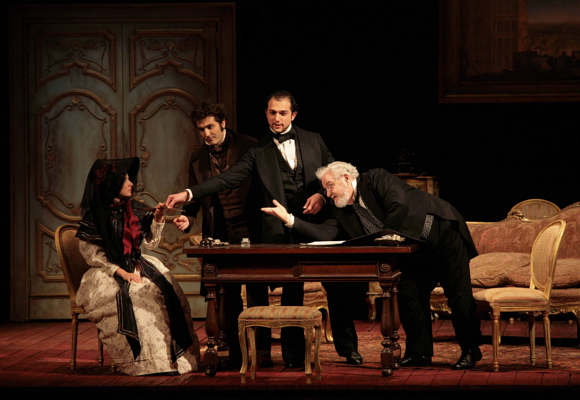
Opera Comique makes its debut in European theatres. Operetta also emerged during this period hand in hand with Italy’s Opera (Gaetano Donizetti’s Don Pasquale 1843). Opera influenced the haute couture of the times with fashion designers vying to reveal the customs in their creations before opening nights. Ladies would compete with actresses in wearing the most glamorous attires.
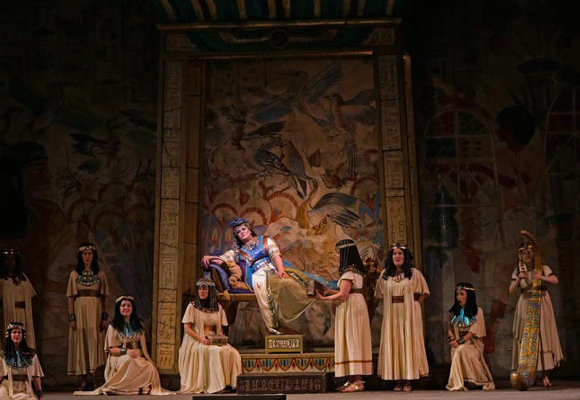
Later on Romanticism and Impressionism took the art world by storm. Italy produced the greatest crop of operatic talent. Composers Gioacchino Rossini (1792-1868),Vincenzo Bellini (1801-1835) and Gaetano Donizetti (1797-1848) set out to impose upon audiences idealization, nostalgia and fairness. They inspired their singers to sing in bel canto style. Then came Giuseppe Verdi (1813-1901) the revered composer regarded by his fellow citizens and the world as a patriot, statesman, and the proclaimer of politically controversial topics. His operas combined the best mix between bel canto and performing while being enveloped in refined productions that set fashion mode for years.
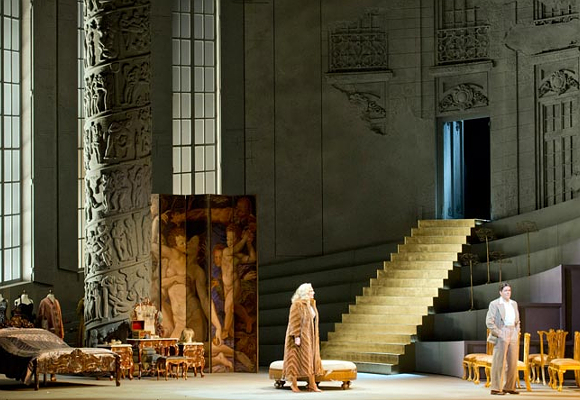
Puccini, on the contrary, was against the luxury ridden productions of his fellow Italian composers preferring to sing odes to the common man. For him the greatest beauty lied in featuring the streets and the living conditions of a world that had come from embracing the Industrial Revolution to become fully urban. His approach, dubbed as ‘verismo’ entailed presenting everyday people caught in extraordinarily challenging and melodramatic circumstances.
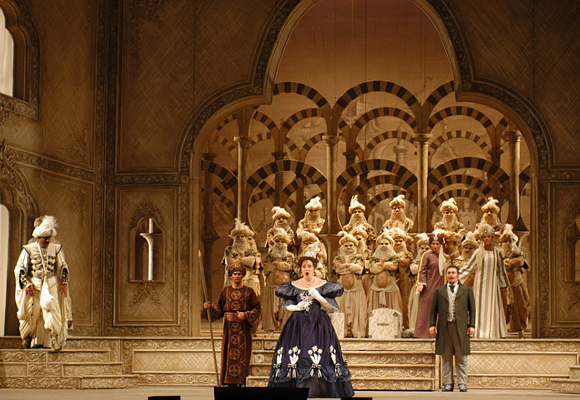
Puccini’s operas are musically intuitive and emotionally daring. Other Italian verismo composers are Francesco Cilea (1866-1950) Umberto Giordano (1867-1948) known for his opera Andrea Chénier (1896), Ruggero Leoncavallo(1857-1919) (1892), and Pietro Mascagni (1863-1945). Verismo appeared in fashion through the creations of Mademoiselle Chanel who also chose to create clothes that would suit urban life while singing the feats of common men and women.
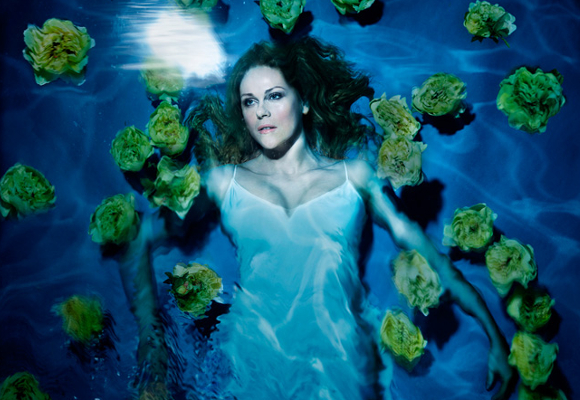
For the better part of the past century Opera convened the rich and famous to its opening seasons and imposed fashion trends and materials. But this century has seen its glamour fade. As audiences that are passive receivers of messages and information get old and retire opera fails to attract young people who are digitally native and thus cannot understand a world that lacks interaction and portability. It is a new crowd that believe in the material and moral properties of expendability. Thus except for their tablets and I phones, all objects should be disposable.
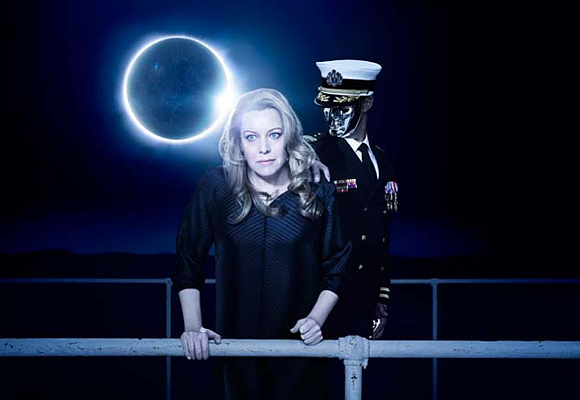
Clothes accordingly should be cheap enough to be disposable; cars and homes should be rental; books exchangeable and entertainment portable and varied and concise enough that a person could enjoy several entertainment channels at the same time (Music; TV series; concert). This brave new culture has entered into a direct crash with opera forcing the venerable Lincoln Center to establish a new space for Millennials.
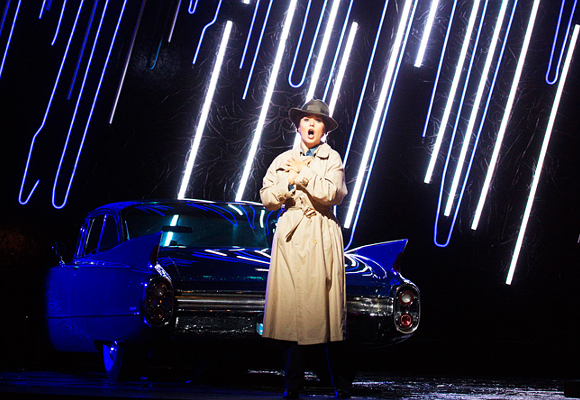
To attract new generations, the Metropolitan Opera has a new series, Fridays Under 40, offering tickets to people under 40 for $60 and $100. Curtain time was moved to 8:00 p.m. to accommodate longer working hours. The expectation is to gain lost ground among the increasingly young demographics of New York city. So far the response has been more flamboyant than massive, but time will tell whether left untouched in its aesthetic proposal bel canto can attract the new glitterati !!!!!!

